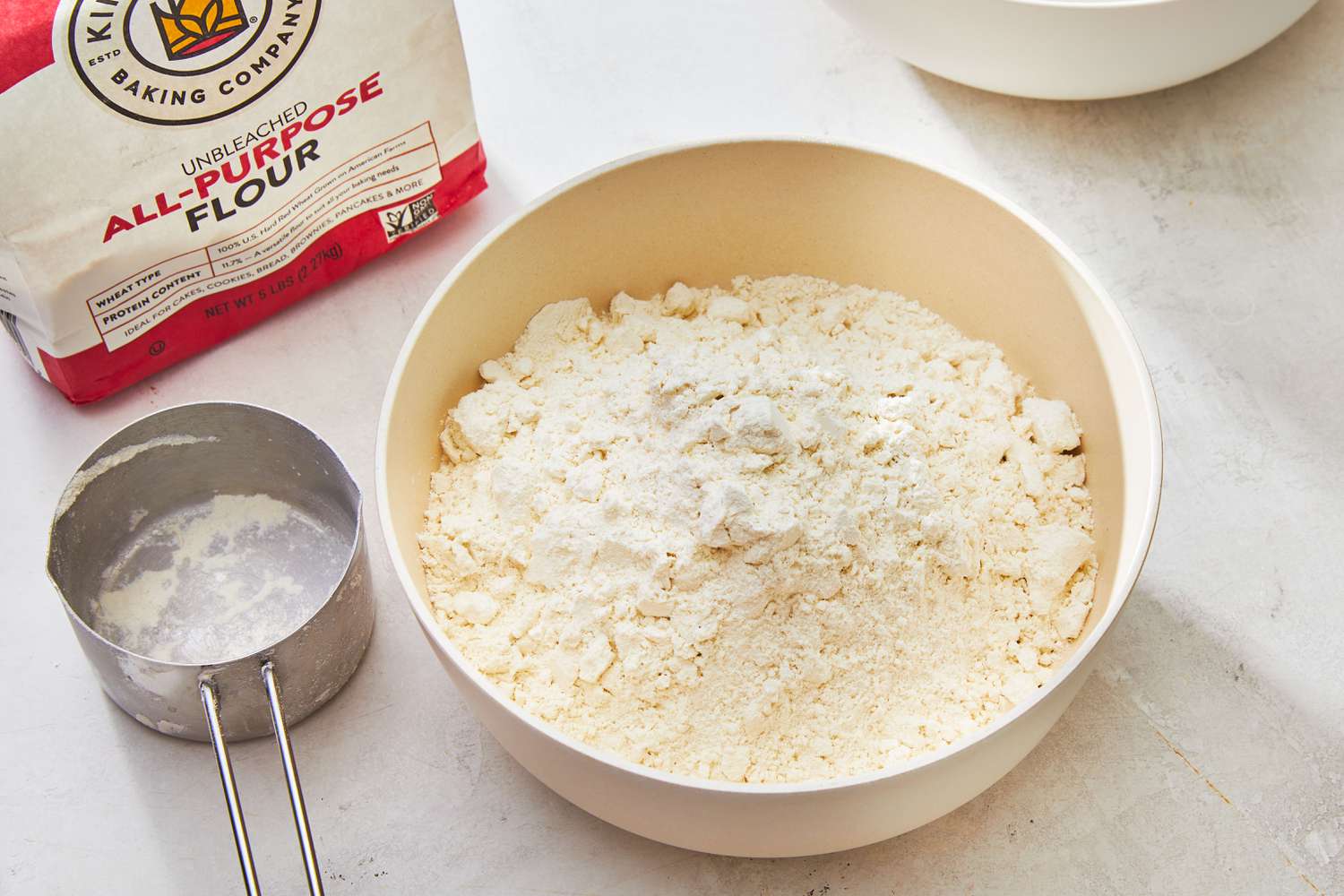Baking by the Numbers: Converting Pounds of Flour to Cups
For passionate bakers, the rhythmic symphony of whisking, measuring, and mixing transforms humble ingredients into delectable treats. Flour, a cornerstone of countless baked goods, comes in various quantities, and converting between pounds and cups is an essential skill. This comprehensive guide delves into the intricacies of flour measurement, equipping you with the knowledge and tools to confidently navigate recipes and achieve picture-perfect pastries.
A Baker’s Dilemma: Pounds vs. Cups – Why We Convert
Flour is often listed in recipes by weight (pounds) for precision and consistency. However, many home bakers rely on measuring cups for convenience. The discrepancy arises because a cup of flour can vary slightly depending on several factors:
- Flour Density: Different flour types (all-purpose, bread flour, cake flour) have varying densities due to protein content and grind size. Denser flours pack more tightly into a cup, yielding a different weight compared to lighter flours.
- Packing and Scooping Techniques: How you fill a measuring cup can impact the amount of flour it holds. Scooping flour directly from the bag compacts the flour, resulting in more than the desired amount. The recommended technique is to spoon flour lightly into the cup and then level it off with a knife.
These factors necessitate conversion between pounds and cups to ensure accurate measurements in your baking endeavors.
The Conversion Equation: Unveiling the Math Behind the Magic
While converting between pounds and cups might seem daunting, a simple formula empowers you to make precise calculations:
- Number of Cups = Weight of Flour (in Pounds) x Conversion Factor
The conversion factor bridges the gap between weight (pounds) and volume (cups). However, this factor can vary slightly depending on the type of flour. Here’s a general guideline:
- All-Purpose Flour: 1 pound of all-purpose flour is approximately equal to 3.75 cups. Therefore, the conversion factor for all-purpose flour is 3.75.
- Bread Flour: Denser due to higher protein content, 1 pound of bread flour is roughly equivalent to 3.5 cups. The conversion factor for bread flour is 3.5.
- Cake Flour: Lighter and airier due to lower protein content, 1 pound of cake flour translates to approximately 4 cups. The conversion factor for cake flour is 4.
Important Note: These are approximations, and for the most precise results, consult a conversion chart specific to the flour type you’re using.
Equipping Your Arsenal: Tools and Techniques for Accurate Measurement
Beyond the conversion formula, mastering proper measuring techniques is crucial for baking success:
- Invest in a Kitchen Scale: For ultimate accuracy, consider purchasing a digital kitchen scale. Measuring flour by weight eliminates the inconsistencies associated with cup measurements.
- Calibrate Your Measuring Cups: Over time, measuring cups can become dented or worn, affecting their capacity. Ensure your cups are accurate by filling them with water and checking if the water level reaches the designated fill line.
- The Spooning and Leveling Technique: When using measuring cups, adopt the spooning and leveling technique. Spoon the flour lightly into the cup without packing it. Once full, use a knife to gently level off the top.
By employing these tools and techniques, you can ensure your flour measurements are precise and consistent, leading to baking triumphs.
A Baker’s Bounty: Recipes and Conversions for Flour Power
Equipped with the knowledge of conversion and measurement techniques, explore these recipes that demonstrate applying flour measurement in action:
- Classic Chocolate Chip Cookies: This timeless treat relies on 2 ¼ cups of all-purpose flour (which translates to roughly 0.6 pounds using the 3.75 conversion factor).
- Hearty Whole Wheat Bread: For a loaf of wholesome bread, you might need 3 ½ cups of bread flour (approximately 1 pound using the 3.5 conversion factor).
- Delicate Angel Food Cake: This light and airy cake calls for 1 ½ cups of cake flour (translating to about 0.375 pounds using the 4 conversion factor).
Remember, these are just examples, and the specific amount of flour will vary depending on the recipe. Always consult the recipe’s instructions for the recommended flour quantity and measurement method (cups or weight).
FAQ: Frequently Asked Questions About Converting Flour Measurements
- Can I use the same conversion factor for all types of flour?
While the conversion factors provided are a good starting point, it’s ideal to use a conversion chart specific to the flour type you’re using for the most accurate results. Different flours have.






More Stories
Where to Watch USMNT vs Jamaica National Football Team
How I Met My Monster
How Should a Ring Fit